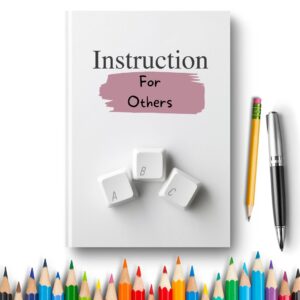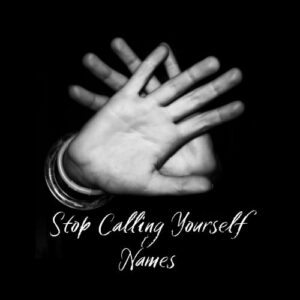Ever wonder if there’s a difference between a belief and a thought?
There is! Keep reading to find out more.
Thoughts and beliefs are what drives our emotions, actions and create the results in our lives. They have enormous influence over the quality of our lives and can be the difference between a life of satisfaction or one of misery. Yet much of our thought life runs in the background of our awareness and we only experience its effect. When that effect is emotional pain, our first priority is getting out of pain as quickly as possible so we can get back to the business of life. This in and of itself is not a problem and often works fine, but if we’re hitting the same flavor of pain over and over again it may be time to take a more intentional approach.
The first step is to understand what’s driving the bus so we can get a better handle on the navigation system. The ability to distinguish between what you think and what you believe can light the way for changing patterns.
For now, let’s slow things down and look at three ways to explore the distinction between a belief and a thought: context, practice and believability.
Context
One way to explain this difference is with the metaphor of a tree. Beliefs are the roots of the tree and thoughts are the branches and leaves. Roots are usually hidden, but branches and leaves are visible, usually reachable with a bit of effort and replaced over time. We could say branches and leaves are changeable and replaceable (some more than others) depending on the season, whereas the root system remains sturdy and steady as it continues a slow, but persistent push to grow deeper and wider underground.
To put this into a more human context, let’s imagine Betty goes to a social event and she’s approached by Sally, who introduces herself and then quickly excuses herself moments later. Betty might conclude, “I don’t think Sally likes me,” or “I’m sure I said something wrong.” These thoughts will likely be forgotten fairly quickly. Before long, Betty might find it hard to even recollect the exact exchange with Sally or her thoughts about it.
Let’s throw in a twist and imagine Betty shared what happened and her thoughts about it to a mutual friend who told her that Sally recently had gastric surgery and was having some complications with irritable bowel. This new information would likely change Sally’s thoughts about the experience and may even render her initial thoughts null and void.
Another way to say this is that the leaves (thoughts) might have dropped and been replaced, but the roots (beliefs) about herself underneath are still there and unchanged. These beliefs might be something like, “People don’t like me,” or, “Something is wrong with me.”
In sum, thoughts are often context dependent and can change with new information or perspective while beliefs withstand the test of time and don’t budge quite so easily.
Practice
With the context-dependent nature of thoughts it’s easy to recognize their fleeting or flickering nature; some with more staying power than others. Beliefs on the other hand commonly have years of practice; often originating in early childhood. Beliefs can originate out of direct experience like in the case of an adult caregiver calling you stupid growing up. In this case, you may have internalized this belief and maintained it in its original form or maybe adopted a more grown up version such as, “I’m not smart enough.”
Beliefs can also take root out of conclusions we made up early in life from experiences that happened to us or around us. Pieced together in a child’s mind as a way to make sense of things, these assumptions about ourselves, the world and others can form strong foundations from which we continue to narrate our past, present and future. As such, beliefs are thoughts that have been repeated and practiced so many times internally and externally for so long that they have become an automatic and embedded part of our “knowing.”
Believability
Just as branches can break from a wind gust and leaves can drop in a rain storm, thoughts are changeable and often malleable. Roots however have a depth and clutch that isn’t as movable. In other words, beliefs are thoughts we believe so strongly and have thought so frequently that our mind no longer recognizes them as thoughts, but instead as truths. In much the same way we don’t question the sun setting in the evening and rising in the morning, beliefs are accepted without question. They are assumed to be true and therefore, not challenged. And without conscious investigation into the validity of our beliefs, we will continue to accept them as such, even if they are wildly illogical and wreak havoc on our emotional lives. In fact, once our brain invests in a belief, it will be on a constant search like the Eye of Horus (think Lord of the Rings) for evidence to maintain the beliefs we already hold and not even see evidence to the contrary and this process will continue even when it causes us great suffering.



